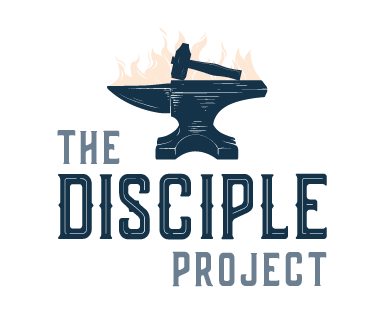In a world overflowing with information, our attention spans are shrinking faster than ever. Our students are overwhelmed with emails, social media posts, texts and advertisements – all vying for a sliver of their precious time. This begs the question: how do we get students to notice our events and care about what we have to offer?
The answer lies in a fundamental shift in approach – from pushing information to pulling engagement.
The Perils of Pushing
Think of the last time you were bombarded with a sales pitch. Did you feel compelled to listen, or did you instinctively tune it out? Pushing information is often a one-sided affair. Put yourself in the shoes of your students, what do they hear? Push or Pull?
I have, as a communicator, either felt the pressure to pump an event or just wanted to get the into out but I often neglected the needs and interests of my students. I was like a used car salesmen who loved pushing Chevy to people who were only interested in Fords.
Knowing this, you should consider that hard selling your youth events could actually work against your event.
Let’s talk about a better way to talk about your programs, meetings, etc.
The Power of Pulling
Pulling vs Pushing, is more nuanced. It involves sparking curiosity and drawing people in. Instead of dictating information, you create a space for discovery.
Here are some ways to utilize the power of pulling and I will share some Youth Ministry examples later in the article.
- Ask Intriguing Questions: Pose questions that pique curiosity. Challenge assumptions and prompt reflection. When people actively engage in the conversation, they become invested in the solution or information you ultimately offer.
- Focus on Benefits, Not Features: People care about how something will benefit them. Instead of listing technical features, frame your message around the positive impact it can have on their lives.
- Tell Compelling Stories: Humans are hardwired to connect with stories. Use narratives to illustrate your points and engage your audience on an emotional level.
- Create a Sense of Community: Foster a space for interaction. Encourage questions, discussions, and collaboration. This builds relationships and promotes trust, making your message all the more impactful.
Jesus was the master of pulling not pushing
Jesus asked 307 questions. Questions like
– If you love those who love you, what reward will you get? (Matthew 5:46)
– If you greet only your brothers, what are you doing more than others? (Matthew 5:47)
– Who of you by worrying can add a single hour to his life? (Matthew 6:27)
– Why do you worry about clothes? (Matthew 6:28)
– Why do you look at the speck of sawdust in your brother’s eye and pay no attention to the plank in your own eye? (Matthew 7:3)
Jesus didn’t come to earth to push us to heaven, he came to pull us to heaven, to draw us to heaven through a relationship with Him. He came to engage with us with questions like, “who do people say I am?”.
Pulling Power in Action
Imagine you’re trying to sell a fitness program.
Pushing: “Our revolutionary 12-week program guarantees weight loss and muscle gain! Sign up now!” (This approach tells but doesn’t address individual needs)
Pulling: “Feeling frustrated with your fitness routine? We help people discover healthy habits that fit their lifestyle. What are your biggest challenges with getting active?” (This approach asks a question, sparks curiosity, and establishes a connection)
The difference is clear. Pulling fosters a conversation, identifies pain points, and positions you as a helpful guide, not a pushy salesperson.
Push and Pull in Youth Ministry
Camp
Push: You should really come to camp. Camp is awesome! They have a blob, ropes course, canoes, etc. (all features).Camp will change your life!
Pull: What’s your summer looking like? Are you doing anything that could change your life? (benefit: it could change your life) If not, I have something that could, you interested?
The PULL is an example of a conversation you would have with an individual student, not necessarily the way you would do it from the front of the room, but you could take the idea and make it work for print, audio, video, etc.
X Event
Push: Guys, you do not want to miss this. It’s going to be epic! Great speaker and we’ll have pizza! (Features)
Pull: This event is, for some of you, a chance to get out out of the house, for others it’s an opportunity to invite friends who have not been to our church before. (Benefits)
In a recent graphic I was creating, I changed things up. Normally youth pastors, like me, put Food, Fun, Prizes (features) to draw students. That’s fine, but it’s a push. By putting these features out there, you’re going to draw kids interested in features, food, fun and prizes. The chances of you keeping those kids is small.
Instead, I put down, join a team, meet some friends and grow in your faith (benefits) Students who show up for benefits, I think, will be easier to keep because I don’t have to keep features to keep them. Nothing wrong with food, fun and prizes, I just think join a team, meet new friends and grow your faith is a better pull than the other is a push.
Pulling is a Long-Term Play
While pushing might get get a few kids to show up, pulling will draw the right kids to show up, with the opportunity to foster deeper connections. Pulling takes longer and more effort, but the results will be worth it.
If you want more article, and videos, like this, in your inbox, every week that will equip and train you to build a successful youth ministry, be sure to sign up for the Youth Ministry Round Up Newsletter.
